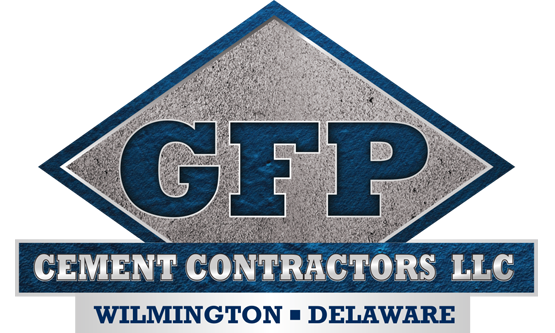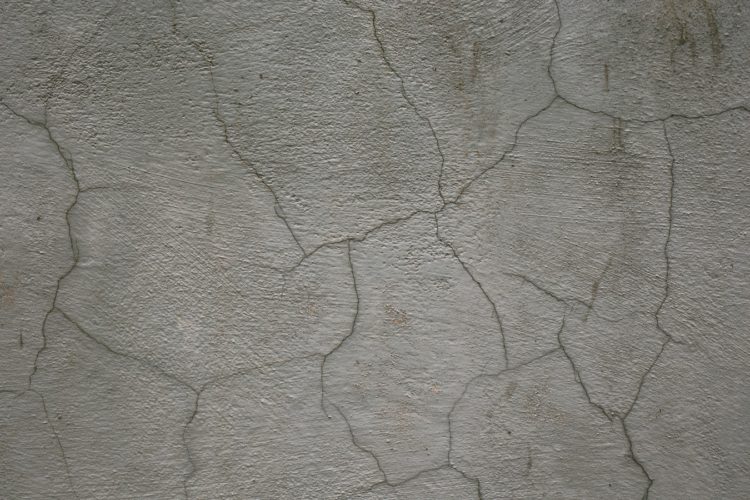Concrete is used more than any other manmade material in the entire world. In the U.S., it is used in everything from highway construction (30% of all American highways are made from concrete) to the flooring in showrooms and airplane hangers. As a result of these vast applications, concrete contractors often rely on admixtures, or concrete that has had other additions included in the mix to achieve a certain goal. Let’s take a look at three of the most common types of admixtures used by concrete companies across the globe.
- Accelerating Admixture: If you’re on a tight timeline, you’ll most likely use accelerators in your concrete to reduce its setting time. This admixture also accelerates early strength, ensuring that your product hasn’t weakened as a result of the speedy set time. Calcium chloride is a low-cost accelerator, but it can’t be used with reinforced steel or it will cause corrosion.
- Air Entraining Admixtures: Many construction projects take place in freezing conditions. Concrete will not set properly if it’s poured in such cold temperatures, or if it’s exposed to deicing salts. In such cases, air entraining agents draw in microscopic air bubbles; when the hardened concrete freezes, the frozen water expands into these air bubbles rather than cracking the concrete. They improve the workability and durability of the mix.
- Water Reducing Admixtures: As their name suggests, these additives reduce the amount of water needed in the concrete mix. When the water-cement ratio is lower, the strength is greater. Most low range water reducers bring the water content down by about 5% to 10%; high range reducers go even further, to between 12% and 30%, but they’re quite expensive and therefore rarely end up being used in residential work.
Concrete is made of three basic materials, chief among them being cement; aggregates (such as sand, gravel, or crushed stone) are then added along with water to make your generic, everyday concrete mixture. Because this basic mixture isn’t always ideal for all situations, concrete contractors and cement contractors are forced to include other additives. The final product is one that will do and endure exactly what it is supposed to, whether it’s extreme temperatures or improved workability.

